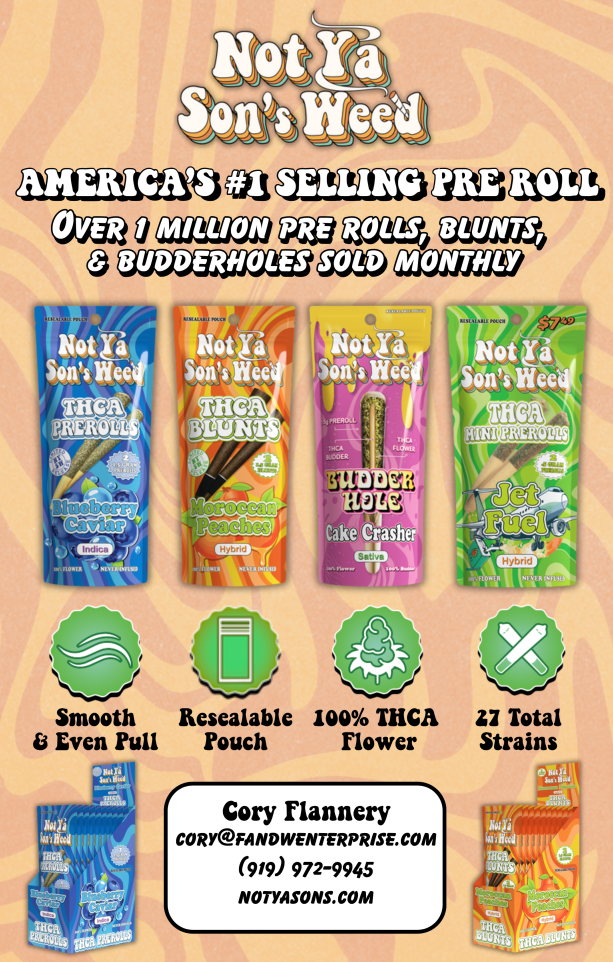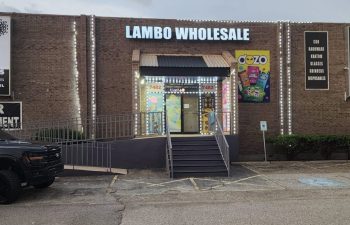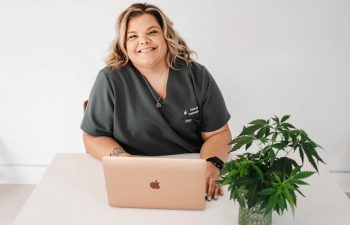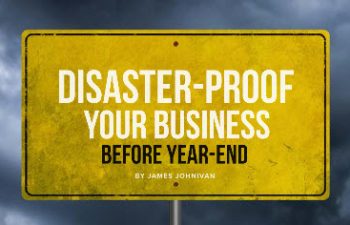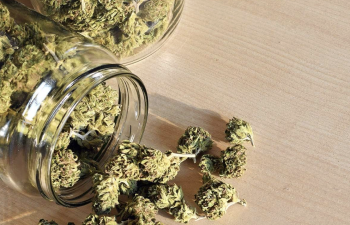Power Plant: How Sharon Letts Found Her Way
About a quarter of the way through the 21st century, just as spring was starting to come out greenly and the mulberry trees were bursting with buds in these parts, I talked to renowned author, documentarian, television producer, and plant guru, Sharon Letts. To get in touch we used some sort of interwebz video conferencing technology that beats the hell out of the aspirational ATT videophones imagined in 2001 A Space Odyssey.
The only reason that’s worth mentioning is because essentially Letts is a flower child of the sixties who came of age in the 1970s. By the age of 24, she was a professional gardener. Her life philosophy echoes a time when sustainable holistic living—when being in touch with the earth—was a big deal, something that was really possible.
The time reference also speaks to Letts’ resilience. She’s a survivor. She’s been cancer-free for over a decade now. And that survivability, that endurance has everything to do with the time it takes to embrace the Earth, its plants, and in particular, members of the genus Cannabis. “It’s really a good story,” she told me, “I used to joke that God took this woman with a television voice and gave her cancer and then dropped her in Humboldt County.” Lett went from designing gardens for privileged Californios to public access tv and onto regional acclaim as a television producer before she landed in print in Eureka at the Times-Standard with a unique media perspective and a potentially deadly cancer diagnosis in 2012.
This is how that story goes: an expert on plants, Letts embraced the medicinal power of cannabis through a group called the “Bud Sisters,” where Pearl Moon introduced her to Rick Simpson Oil, an event that was like a revelation to the mainstream reporter: “How could I not know about this? I’m in the media!” she recalled thinking at the time. Facing a serious form of breast cancer, she felt she had few good choices. She tried the oil. “It was like divine intervention. That night, I didn’t need any pain medicine, I didn’t take anything to help me sleep. I was a fifty-two-year-old woman with multiple, serious health problems. But cannabis is a superfood. It righted everything.” Within weeks, Sharon was in complete remission, “the tumor literally disappeared,” she remembers. The rest, including books, media influence, and continued research, is history.
As the new year begins to bloom, Letts is busy with new projects, including writing, research, and further educational journeys into the healthful power of plants. It turns out Letts has been living down south for the past dozen or so years, in Baja California Sur, in a sleepy town where a palm-fringed river flows into the gulf of California. The town is called Mulegé and about 4000 souls live and thrive there.

“It was like divine intervention. That night, I didn’t need any pain medicine, I didn’t take anything to help me sleep. I was a fifty-two-year-old woman with multiple, serious health problems. But cannabis is a superfood. It righted everything.”
In case you want to know, Letts is living in a veritable holy land; a peninsula, bounded by a wide placid sea to the east, and over the highlands to the west, the nearly endless Pacific Ocean. This portion of Baja California is known for its biological diversity, filled with an astonishing variety of plant and animal life. It’s the perfect place for Sharon Letts to be right now. For instance, Letts says Mulegé is a wonderful place to write about the superfood that saved her life, revealing that she’s working on “a feature on superfoods that features cannabis as a very important superfood. I’ll be doing that as a feature for HeadQuest next month and that’s notable because I want to get the story out there, the story about plants as superfoods and how cannabis fits into that life-sustaining profile.”
When talking about plants and their importance to life on earth, Letts emphasizes the role of cannabis as a superfood, telling everyone that needs to know exactly how and why plants, and in particular, this plant we call marijuana can make a difference: “Any beneficial plant that has biochemical compounds that address our biological systems in healthful way can eventually restore and maintain health.” Further, Sharon advocates consuming the entire plant, not just the leaves and flowers, saying that, “With cannabis, with any beneficial plant, the whole plant, even the roots, are important. I’d like to think that cannabis was my ‘gateway drug’ to a wide spectrum of other beneficial plants.”
Letts’ recent research on beneficial plants and their healing biochemical compounds includes testing non-cannabis plants as well, she continued, describing how “I took five of my top beneficial plants, not including cannabis, and broke them down by terpenes, and looked at the effects of those terpenes compared them to the terpenes that occur in certain cannabis strains. Many people don’t realize that the same beneficial compounds found in cannabis are in other beneficial plants, in produce, in fruits and vegetables!”
Letts fears that this knowledge about plants, about what the earth offers naturally in the way of healing foods, has been lost, telling us that, “We’ve been taken so far from the garden. People barely know how to make their own food, let alone grow it. There’s a huge learning curve ahead of us. I think, with cannabis, that the realization of its medical value over the past few decades has brought plants, gardens and sustainability back into the cultural consciousness. But when they told us to eat our fruits and vegetables way back when, they should have scared the shit out of us, told us that it was a matter of life and death. Because it is.”
Sharon argues that a sustainable culture requires healthy people to keep moving forward. Beneficial plants, especially cannabis, can be part of a real future featuring transformed lives and culture, concluding that “the crux of my work over the years has been to help people understand the symbiotic relationship we have with plants, how we’ve lost knowledge about that relationship over the decades. People eat an apple, or some cannabis flowers and they don’t realize what those compounds do for them. I think the best outcome for my project is to teach people about the relationship we have with plants and how we need them to be healthy.”
Of course, there’s nothing imaginary in the earthly space that Letts envisions, but it’s something we can all aspire to, the plant guru believes. There are practical steps people can take to rejoin with nature to reinvest themselves in the idea of the earth as a holy and beneficial place, says Sharon.
“Add more plants to your diet,” she exhorts us, before closing out the interview. “And not just vegetables, but herbs too. Oregano and thyme have a 96 percent success rate as anti-cancer agents. They kill cancer cells in laboratory studies. Chamomile has a 93 percent success rate when used to treat cancer. It’s not just cannabis, but the acceptance of cannabis for its medicinal value has changed the entire dynamic. This is a huge thing. The Earth is a huge thing; sustaining healthy life, embracing plants for their healing power … is a big part of that infinite picture.”
By Rudy Carrillo
Feature photo credit: Josh Fogel







